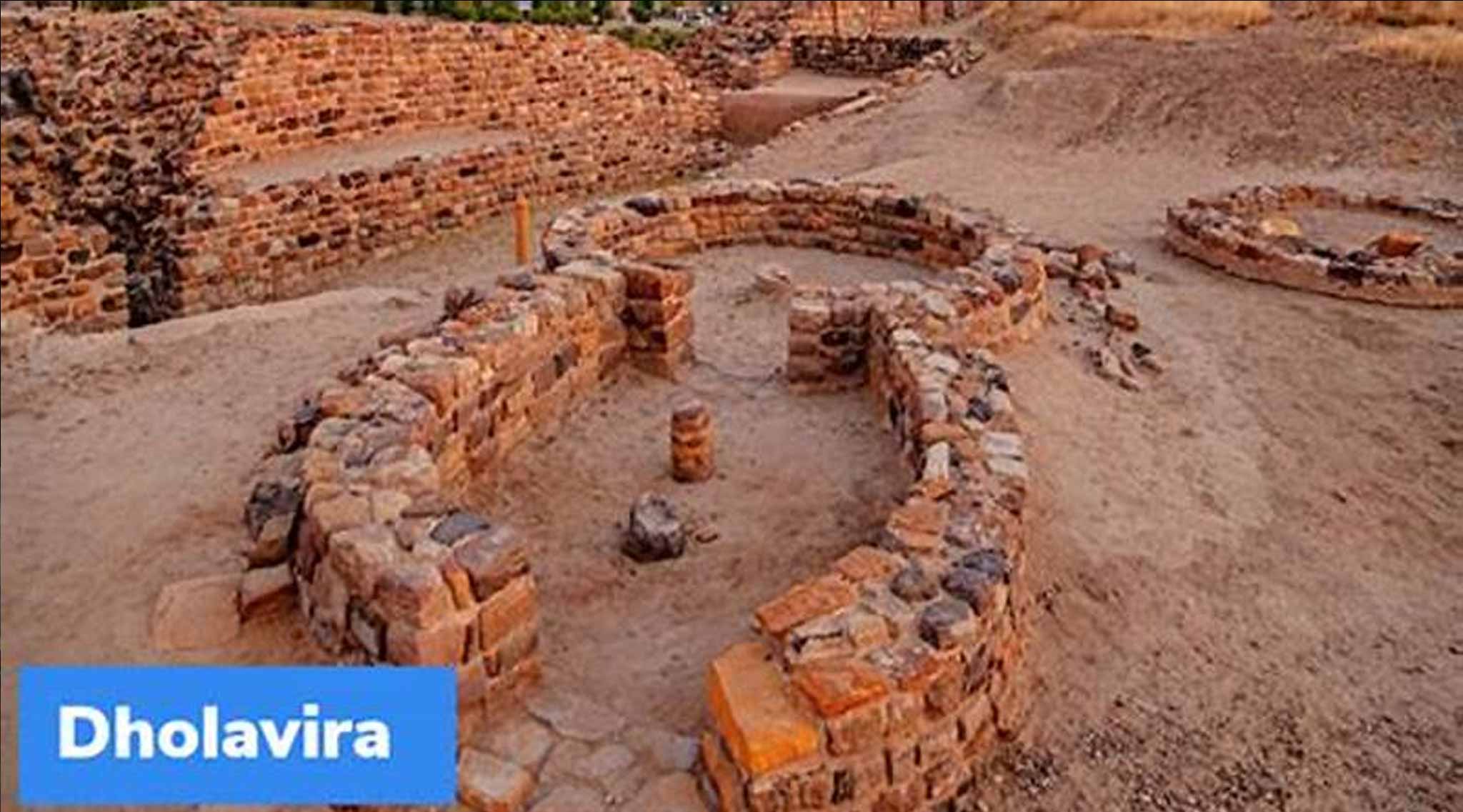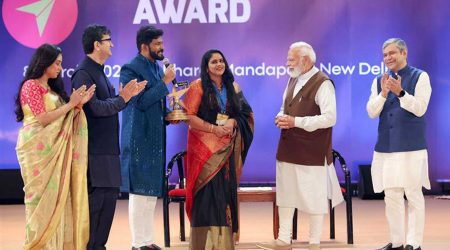A team of archaeologists from Oxford University have excavated a new Harappan site near Dholavira called Lodrani.
Residents of a village in Gujarat’s Kutch searched for gold for five years. However, their digging efforts yielded a much more valuable treasure. They discovered a Harappan-era settlement during the excavation. The discovery was significant enough that archaeologists from Oxford University joined the quest after initial signs of the discovery.
Lodrani is a small village located 51 kilometers away from Dholavira, which is recognized as a World Heritage Site in Kutch.
The locals of the village were driven by a dream of becoming rich quickly, inspired by the legend that the area is home to buried gold that dates back to centuries ago. In search of this treasure, the villagers started digging around five years ago.
However, to their surprise, the excavation led to the discovery of a fortified Harappan-era settlement, which challenged the existing assumptions about the area’s history.
Ajay Yadav and Damian Robinson, from Oxford’s School of Archaeology, conducted an archaeological study that led to the discovery of a well-preserved Harappan settlement. The newly discovered site, named Morodharo, bears striking architectural similarities to Dholavira. Despite initially being dismissed as a medieval fortress, the site reveals evidence of a flourishing civilization dating back about 4,500 years.
The site has yielded a considerable amount of Harappan pottery that is similar to the findings at Dholavira, indicating a connection between the two settlements. Experts suggest that Morodharo displays the characteristics of a mature to late Harappan period (2,600-1,300 BCE), which sheds light on the ancient chronology of the region.
Discovered by archaeologist Jagat Pati Joshi in 1968 the Dholavira archaeological site is located on Khadir Bet Island in the Great Rann of Kachchh, Gujarat.
It dates back from the 3rd to mid-2nd millennium BCE. The site contains numerous artifacts such as terracotta pottery, gold and copper ornaments, beads, seals, fish hooks, urns, and imported vessels. Additionally, the site features unique stone inscriptions in the Indus Valley script and a cascading series of water reservoirs, an outer fortification, multi-purpose grounds, unique gates, tumulus funerary architecture, and multi-layered defenses.











